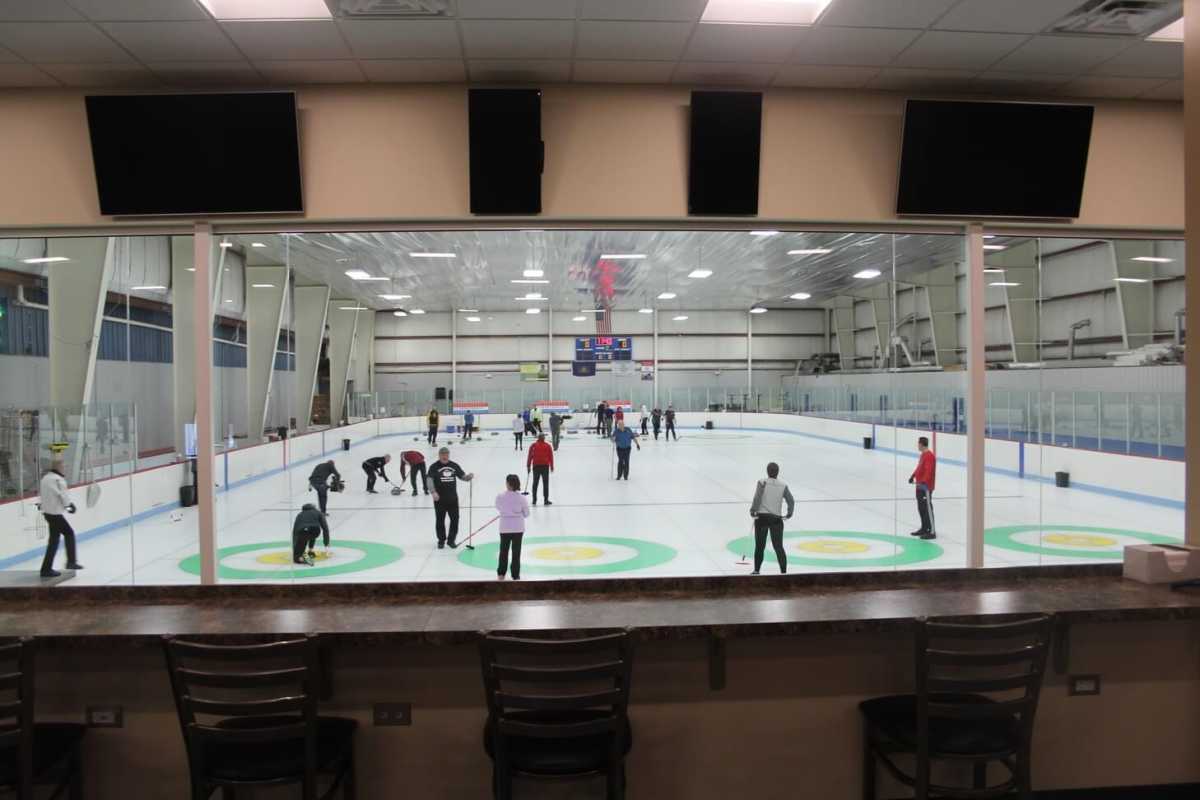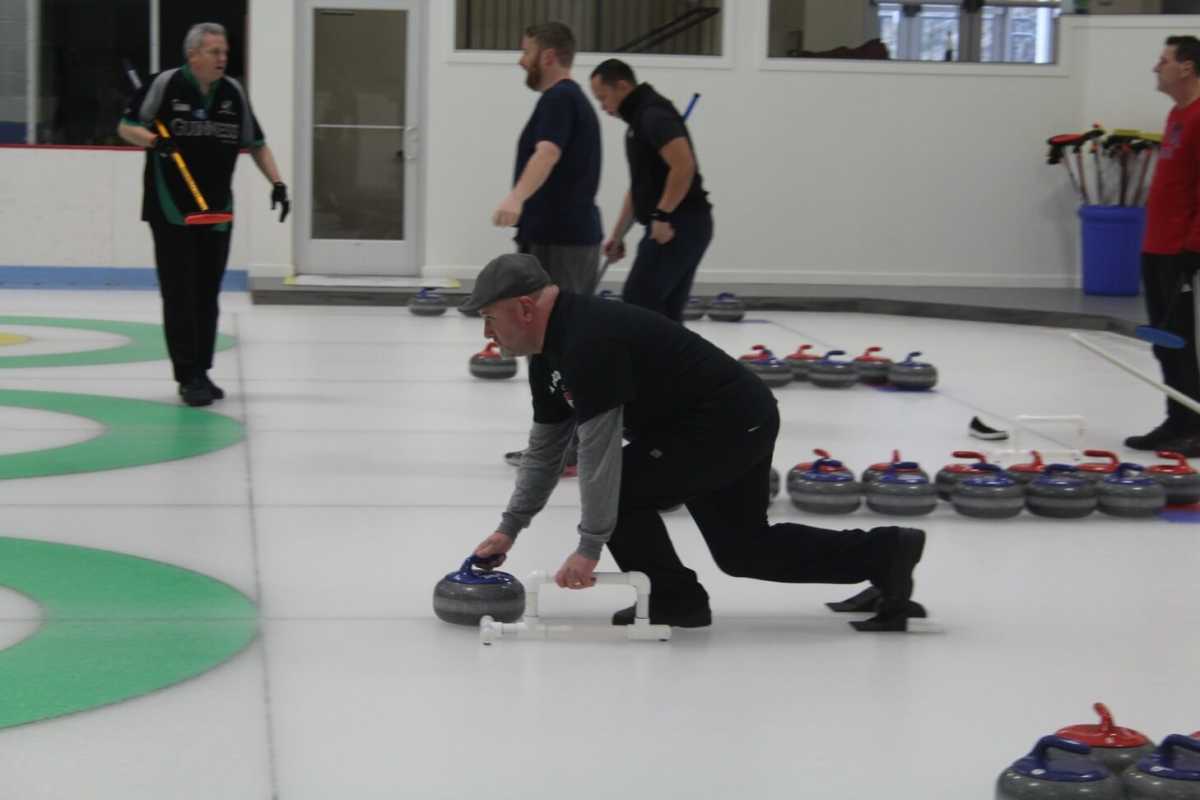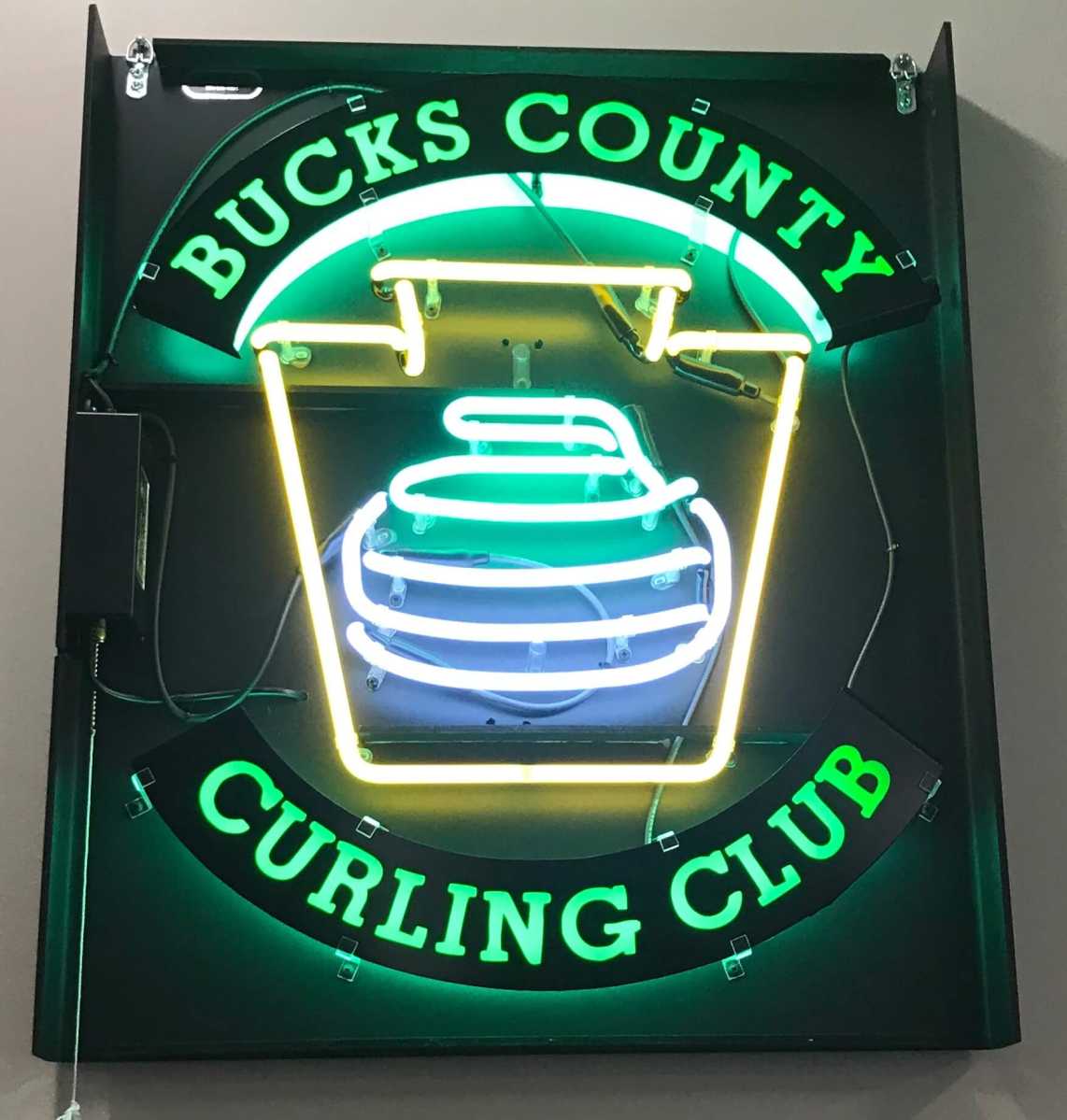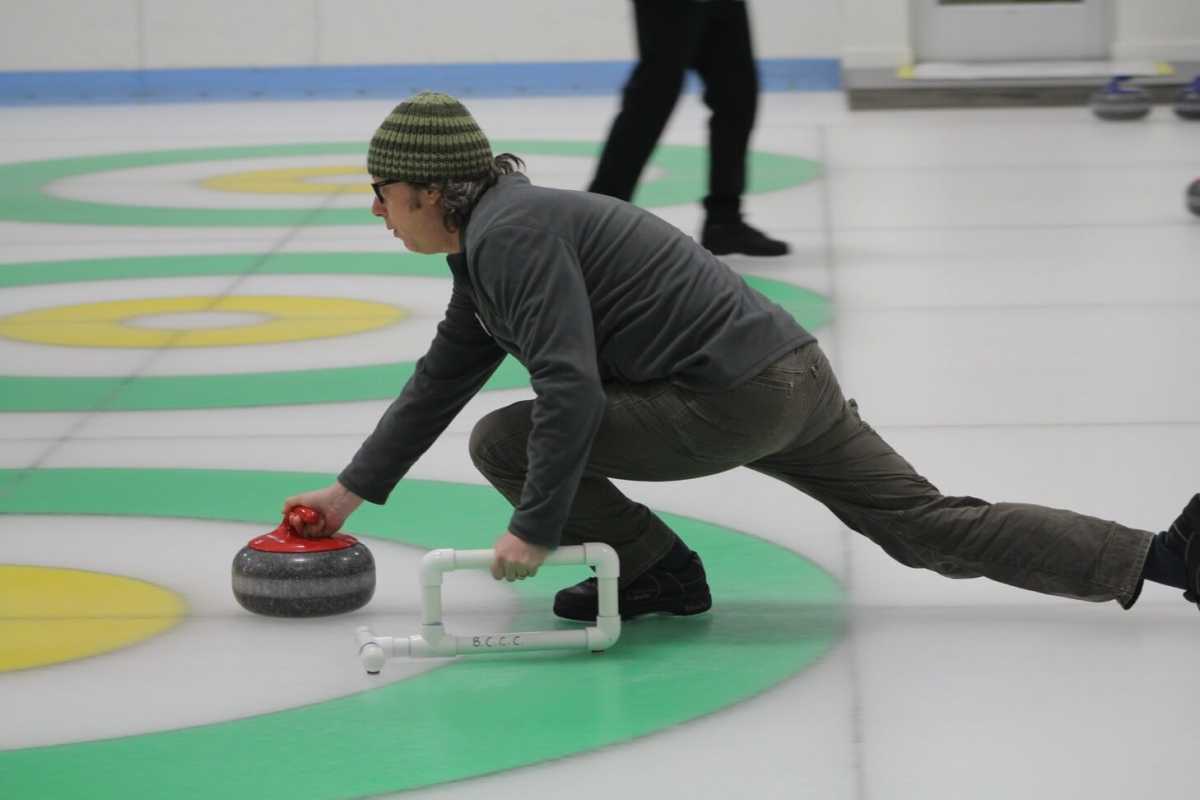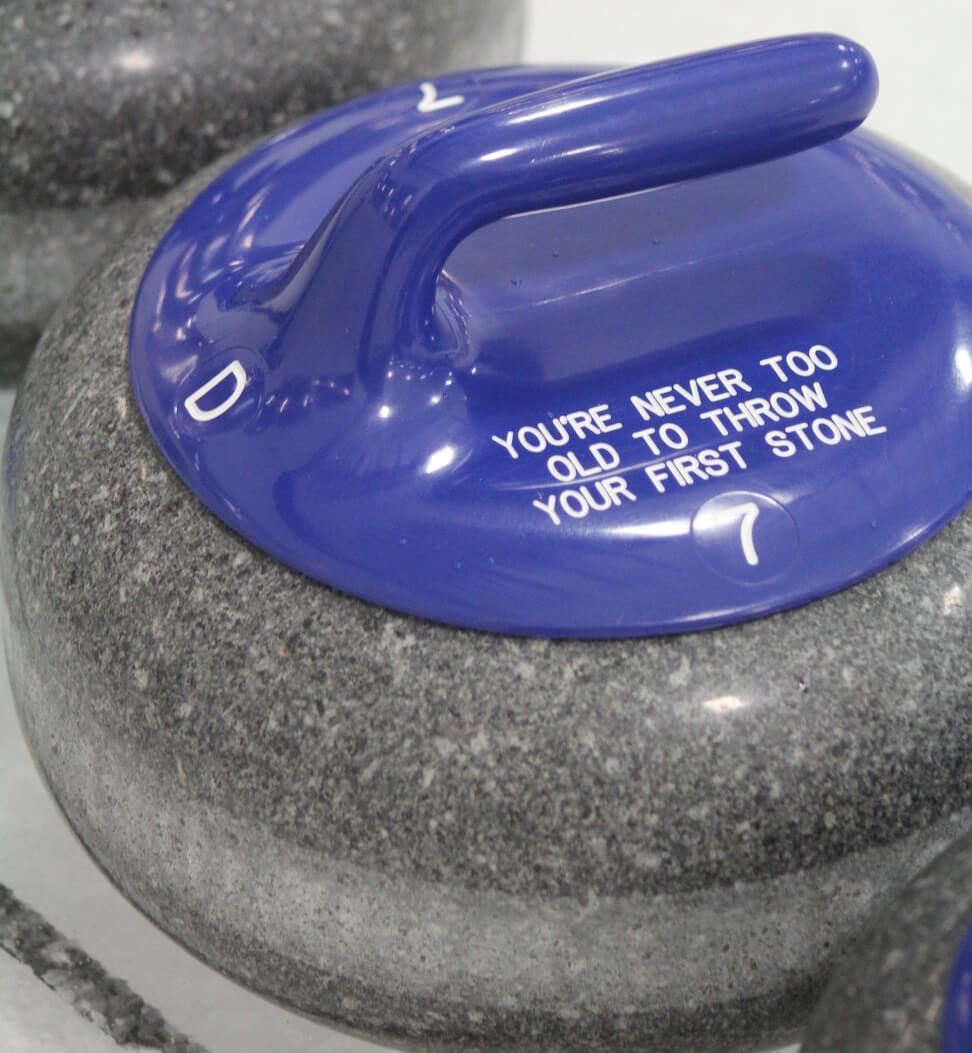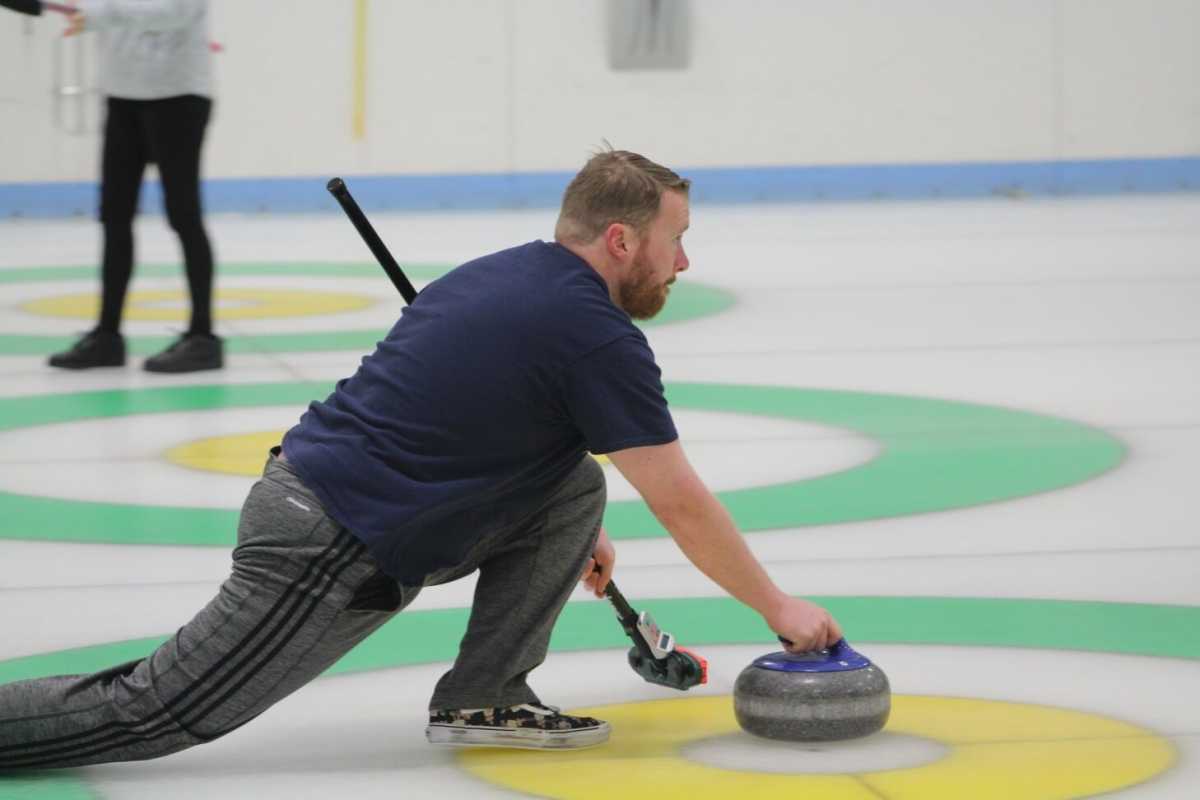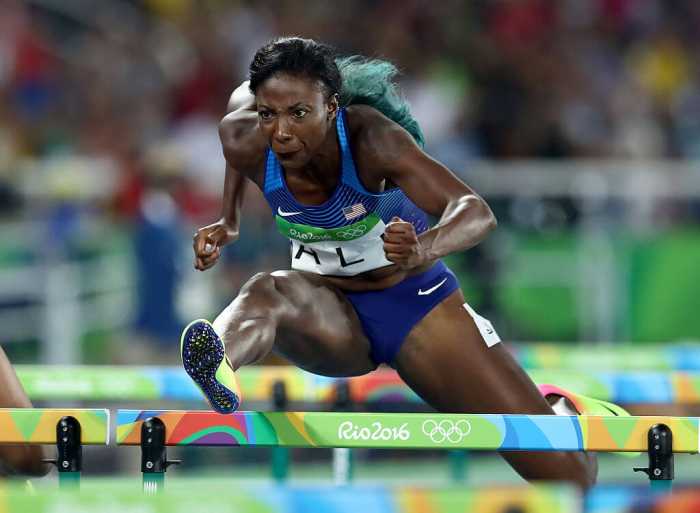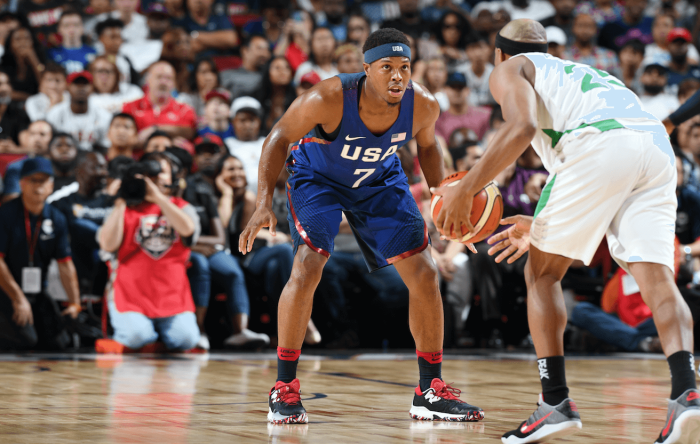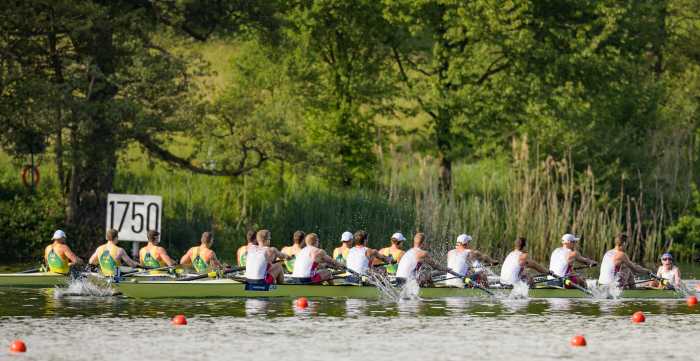Sports aren’t really that relatable. There are barriers to entry.
I can’t really safely speed down an icy track at 80 miles per hour. I can’t do a “backside triple cork 1440” or descend down a mountain slope 2.17 miles in one minute and 40 seconds. And where would I even find a luge track or halfpipe?
I’m not going to get to experience anything I’ve seen over the last two weeks in the Winter Olympics — especially not living in Southeastern Pennyslvania.
Except for Curling.
About 30 second of Googling last week had me looking at information for four Philadelphia-area curling clubs, one in Paoli, one in Bucks County, one in South Jersey and one in Delaware. I’ve seen the sport on TV for years and like many sports-loving Americans I picked up some of the lingo. I also surmised that it was essentially a bar-drinking game on ice, one combining shuffleboard, billiards and beer pong.
Is that really what this Olympic sport is?
I headed to the Bucks County Curling Club, a surprisingly beautiful brand new facility behind the Bucks County Ice Center in Warminster to find some answers. And what I found was both challenging, easier than I expected, and surprisingly alluring.
Here’s what I learned about curling, as I got a brief lesson from some experts.
1. The ice
It’s called pebbled ice. They have a machine that does it, it’s not a zambonie. Watch closely on TV and you’ll see the rough texture of the ice and it’s of subtle but significant importance. You don’t really slip and slide, you sort of glide and with more control when wearing what are either special shoes or shoe coverings — to make you more agile in the surface. And then the idea of slowly moving 42 pound stones make more sense.
“Throwing a stone requires a lot less force than you’d think,” Ian Alexander, a curler from King of Prussia told me. “It’s much more finesse.”
2. The physics
The stone has a convex bottom so that very little of it touches the ice. A little bit of rotation makes the stone turn as it slides. The ice is rough, pebbled, as mentioned before, so the sweeping actually smooths the ice so that the stone moves further and literally curls it. Like in billiards, knowing how hard and at what angle to hit a stone can help you score.
“A certain personality, I don’t know what it is, is attracted to this sport,” Kevin Strayer, who has curled for a decade said. “It’s a lot of engineers, doctors, scientific type people. All the Angles are just like shooting pool.”
3. The camaraderie
I never thought of it before, but the sport really lends itself to social interaction and fun. It reminds me of bowling, but with more of a team-approach. And I love playing with teams. Curling matches typically consist of two teams of four playing eight or 10 ends. You can’t exactly hold a beer while playing, but the cubbies at BCCC, usually filled with shoes at ice skating rinks, were filled with booze.
“It’s a very friendly, gentleman sport.” Strayer said. “You call your own fouls, it’s social, after the game the two teams sit together, winner buys the first round and loser buys the second round.”
4. It’s really not that hard
Balance is key, so is technique. Both can be learned over repitition. The strategy comes later, and it one of the more exciting parts of the game.
“Curling is easy to learn but tough to master,” Alexander said. “If you come out for a curling event here at Bucks county you will be curling in about a half hour. But to learn strategy and tactics and so on will take years. People get better and better over time. It takes a lot of practice.”
5. Try it yourself
Really all you need to do is head to the website of one of the curling clubs and schedule a lesson, some costing around $50 but some as cheap as $10. There are leagues, open play sessions — and the most interesting to me — potential parties where you can rent the ice for an event.



